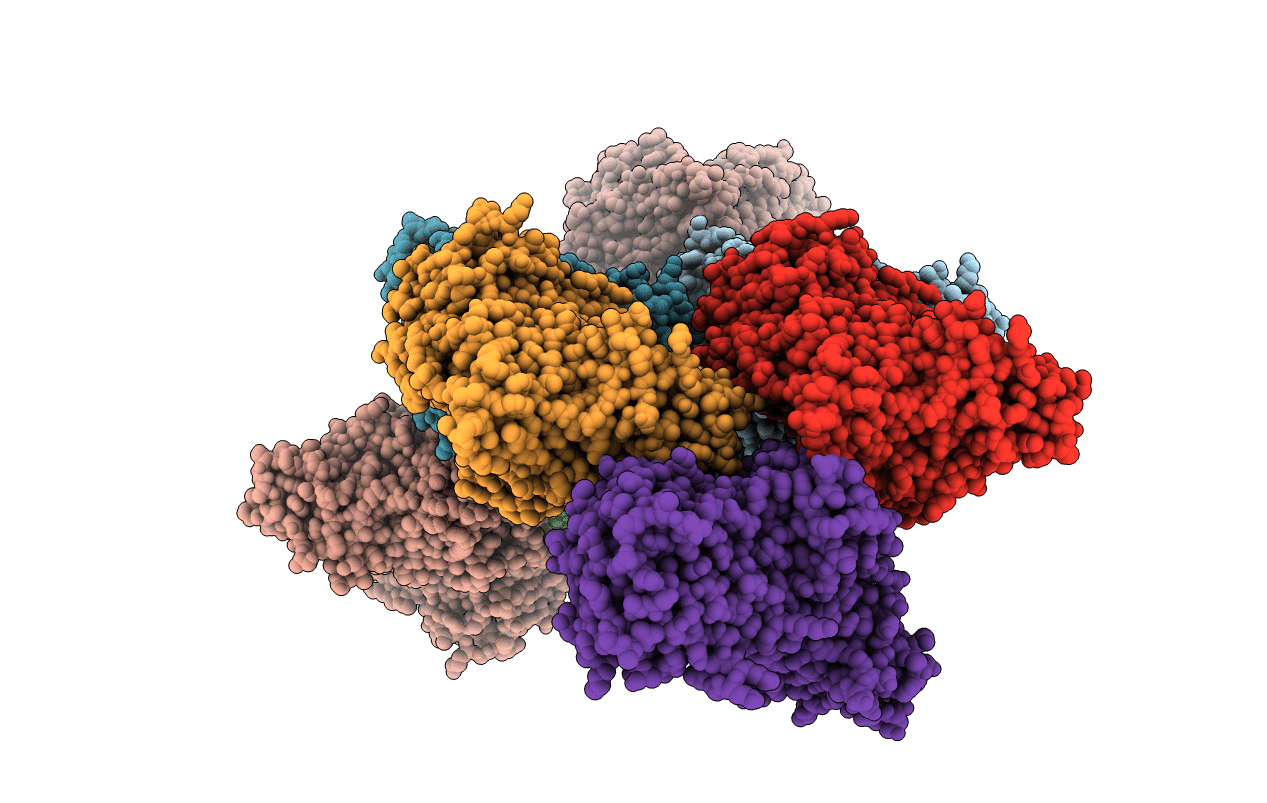
Deposition Date
2016-08-07
Release Date
2017-04-19
Last Version Date
2024-03-20
Entry Detail
PDB ID:
5GQC
Keywords:
Title:
Crystal structure of lacto-N-biosidase LnbX from Bifidobacterium longum subsp. longum, ligand-free form
Biological Source:
Source Organism:
Bifidobacterium longum subsp. longum (Taxon ID: 1679)
Host Organism:
Method Details:
Experimental Method:
Resolution:
2.36 Å
R-Value Free:
0.23
R-Value Work:
0.18
R-Value Observed:
0.18
Space Group:
P 1 21 1


